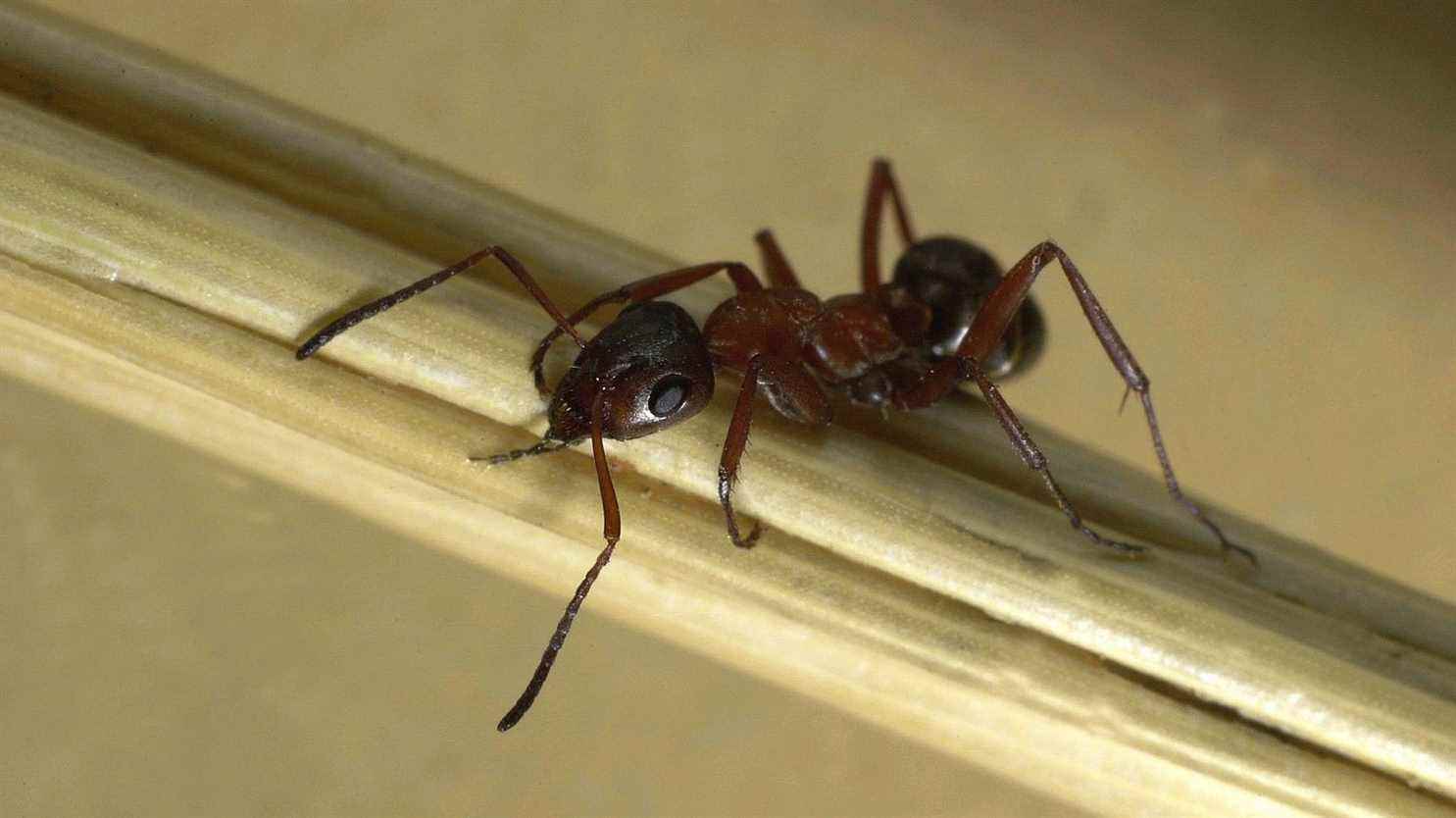Everything is happening for the moment in the laboratory, not yet in the hospital. Imagine small containers filled with a liquid preparation placed on a table, some of which contain cancerous cells and some of which contain healthy cells. If you release a trained ant onto the table, it will be able to smell its way to the preparation containing the diseased cells, with a 95% success rate.
This unprecedented experiment was carried out by French researchers from the CNRS, Inserm, the Sorbonne Paris-Nord University and the Curie Institute. A hundred ants were trained in total to identify three lines of cancer cells: ovarian cancer cells and two types of breast cancer cells, explains Baptiste Piqueret, one of the researchers: “There’s no reason to think it won’t work for other types of cancer cells.”
Some dogs can detect breast cancer from the smell of perspiration, but the advantage of ants is that they learn much faster than dogs and that their breeding costs less. It takes six months to a year to train a single dog, compared to only ten minutes of training for an ant. Researchers have conditioned them, thanks to the principle of reward. They placed a drop of sugar water near the samples containing cancer cells. The ant very quickly associated the food with the particular smell of the diseased cells.
It must be said that the sense of smell is very developed in the ant: it practically replaces sight to locate their congeners and food, when they are underground in the dark. Concerning the detection of cancerous cells, it is for the moment only a laboratory experiment but this team plans to test the sense of smell of ants very quickly on samples of urine from mice suffering from cancer, before passing to human testing.
If the results are confirmed, the researchers imagine being able to use this kind of rapid test in hospitals in a few years. In case of suspected tumor, the idea would be to quickly do this “ant test” before moving of course (in the event of a positive result) to more conventional examinations, such as MRI, a mammogram, a blood test or a biopsy.
